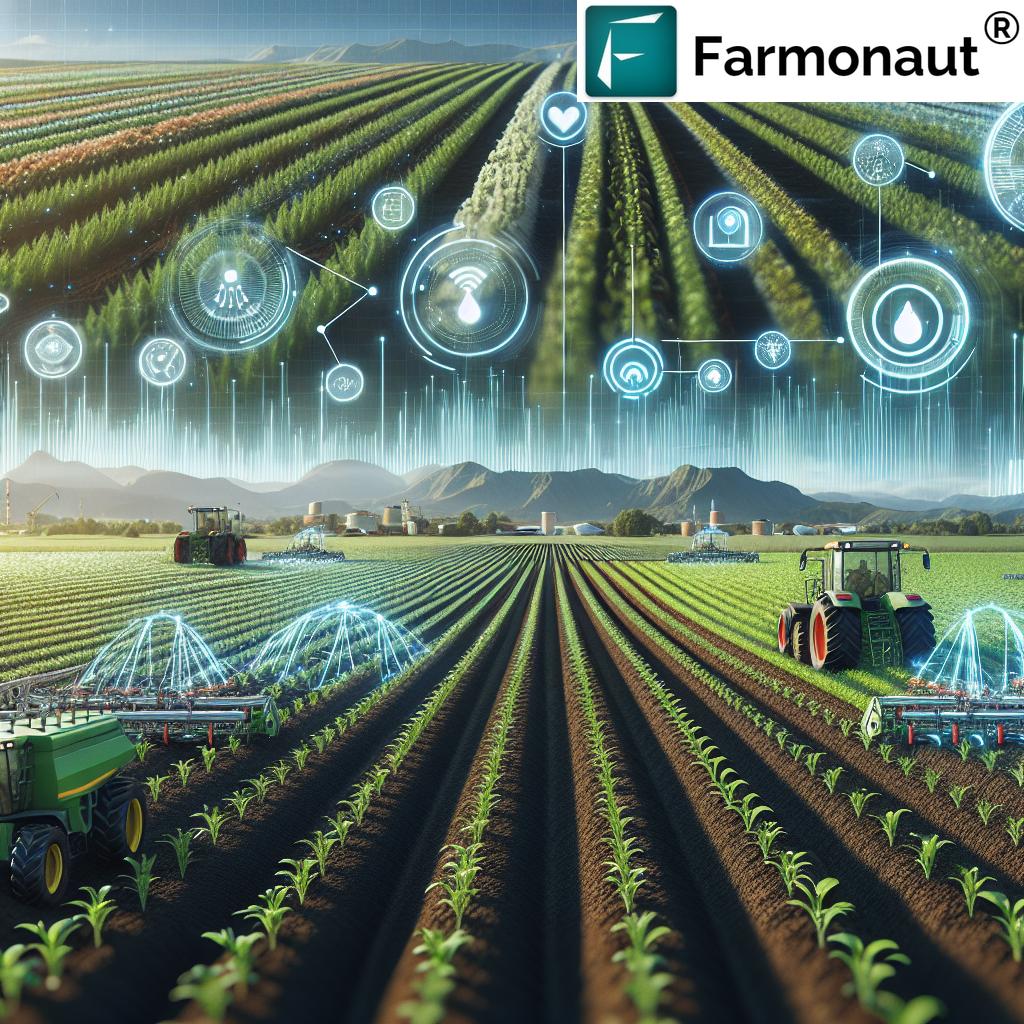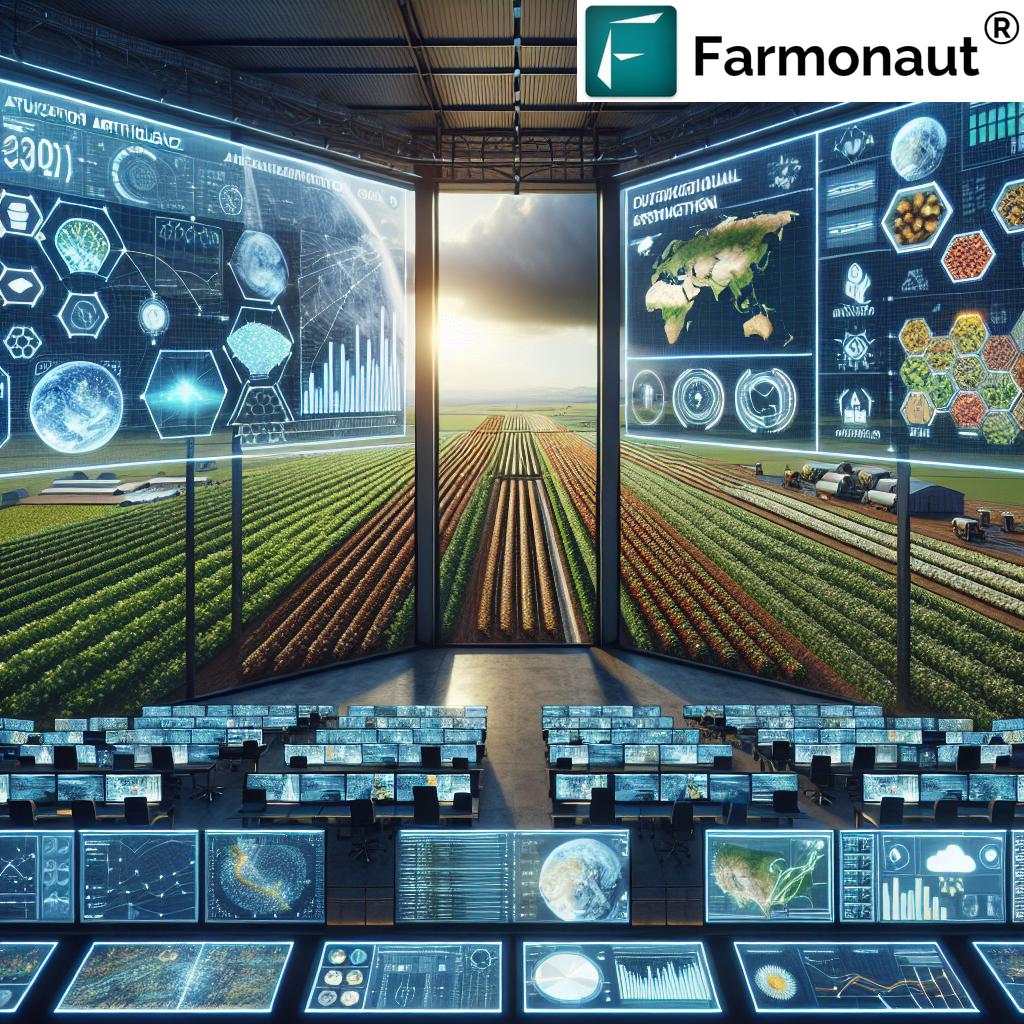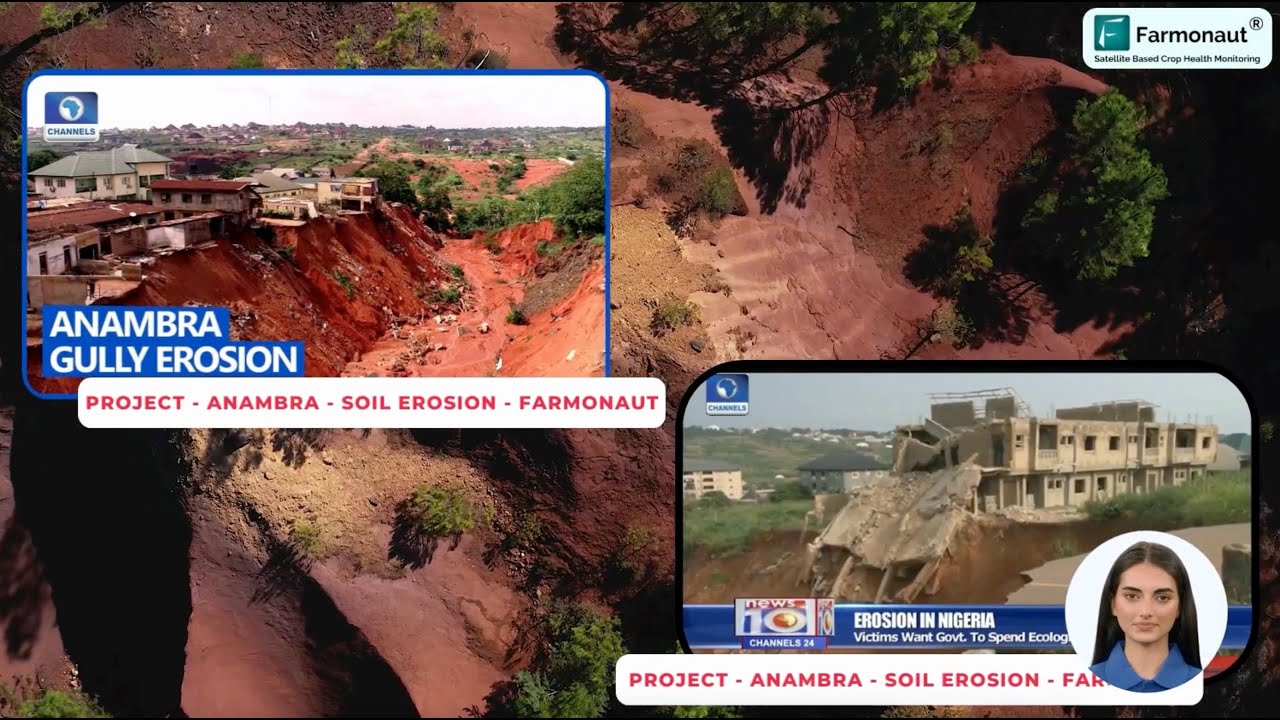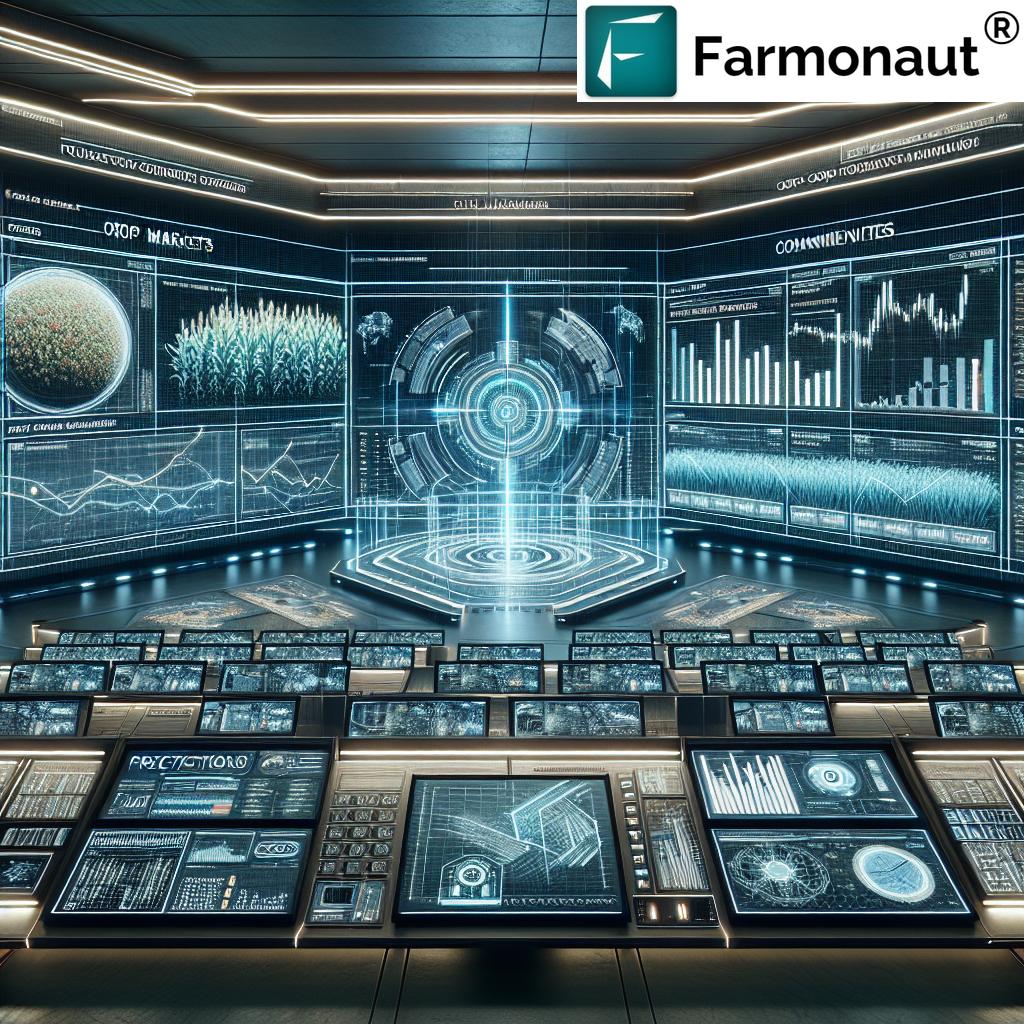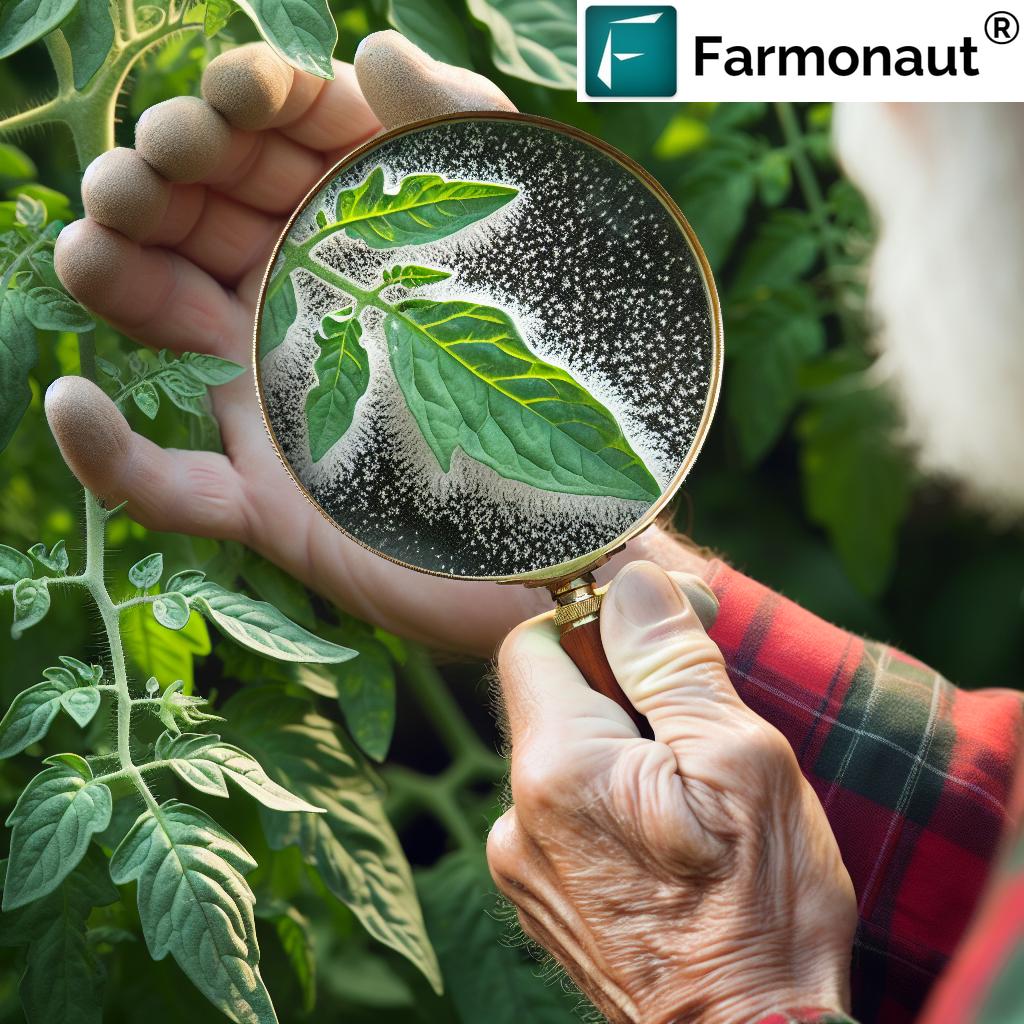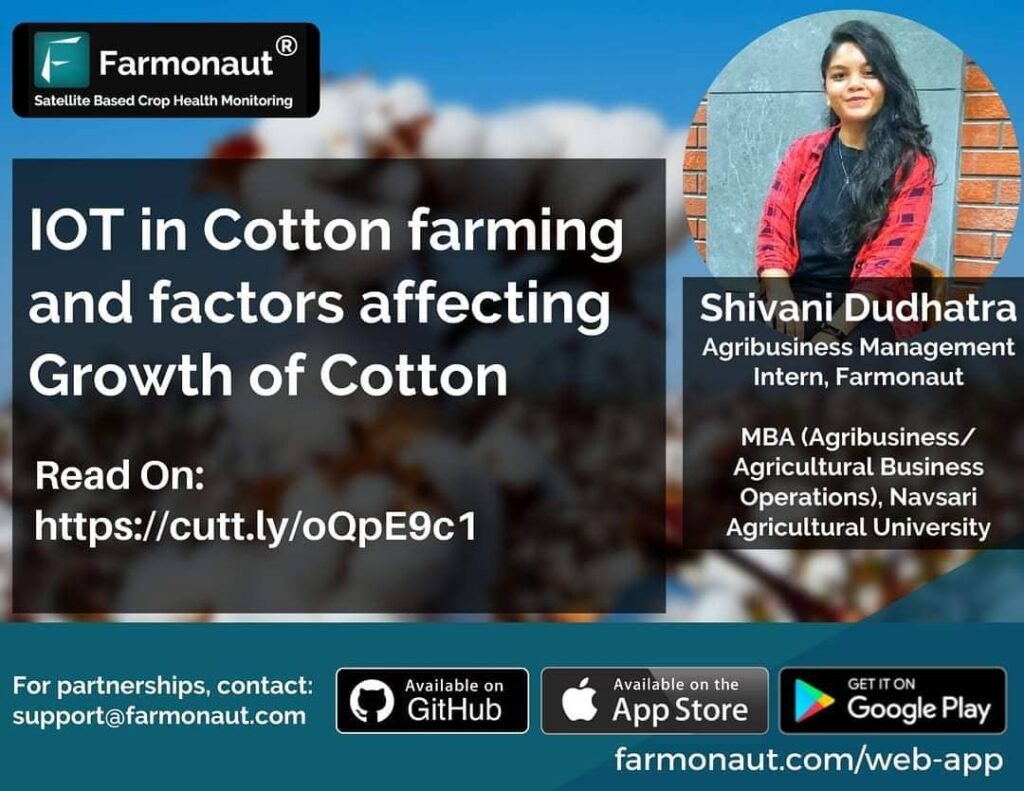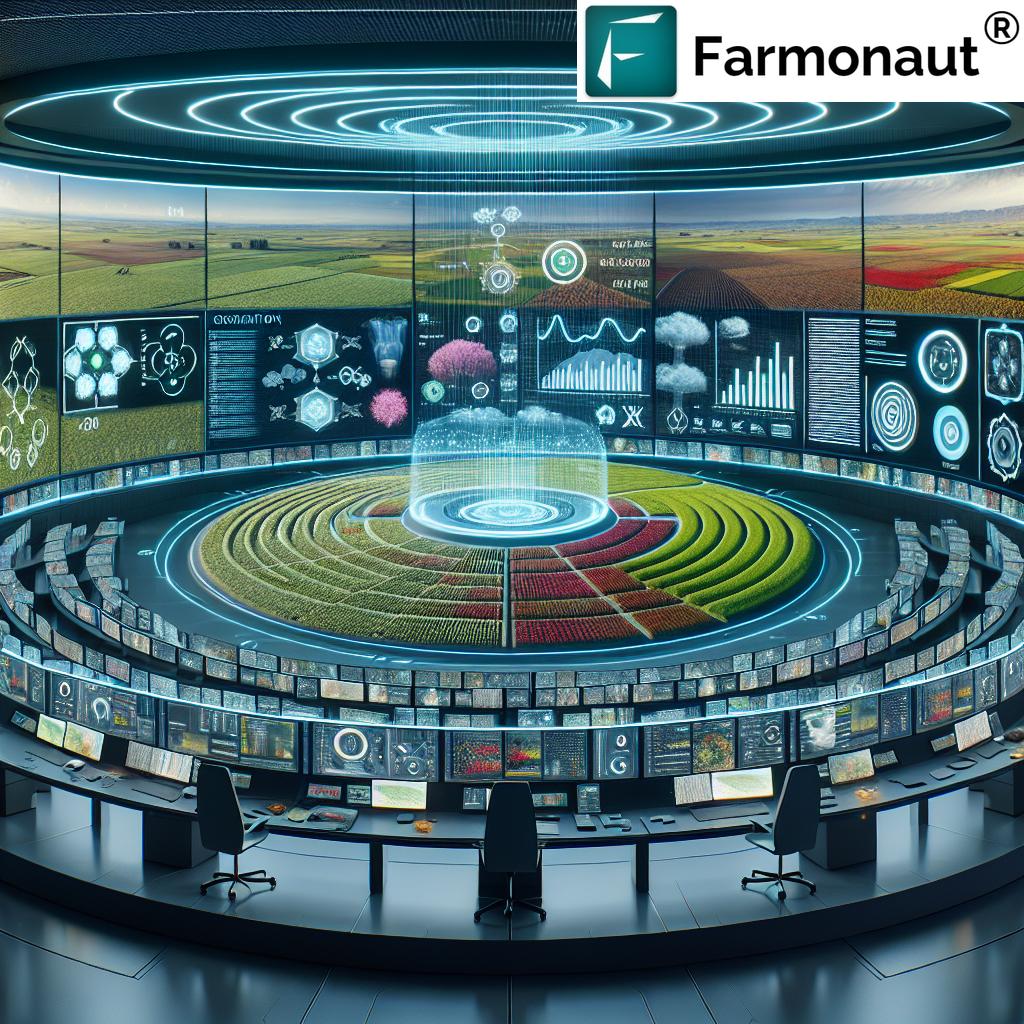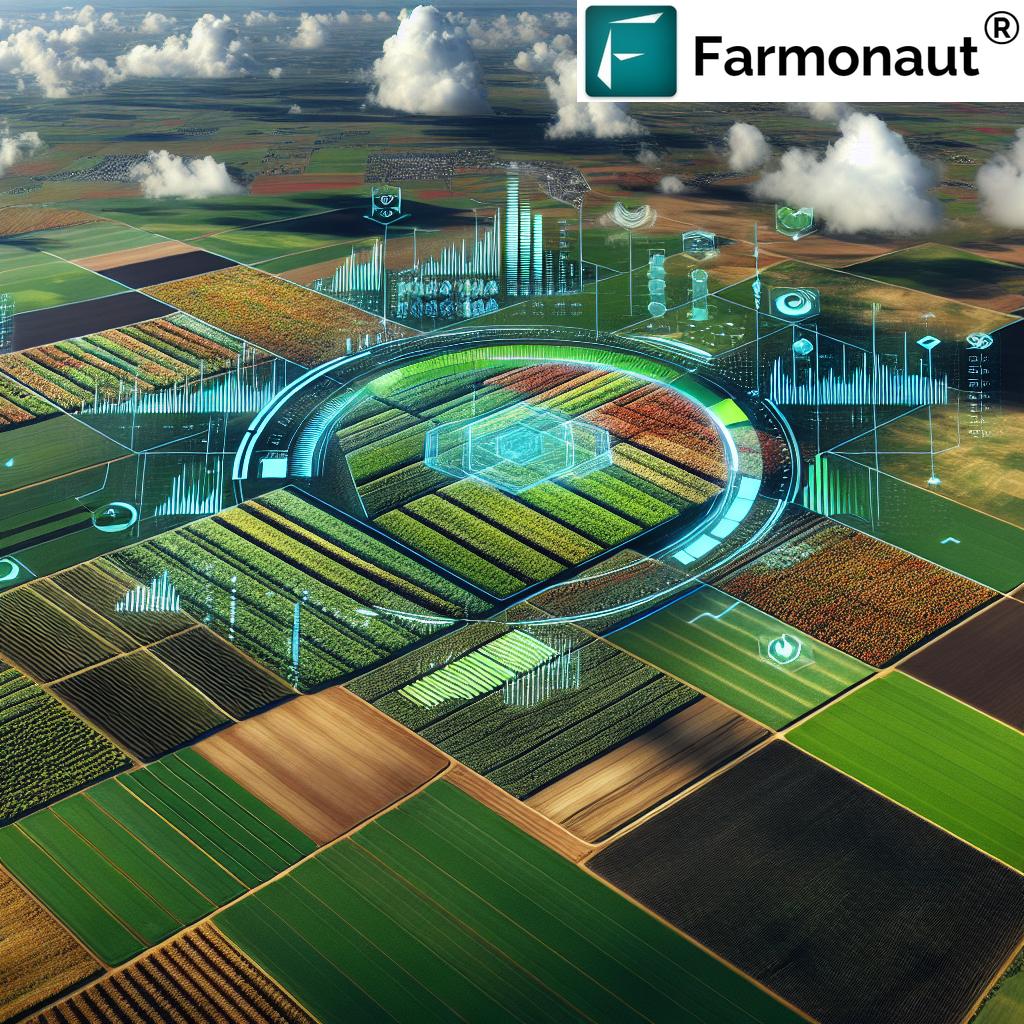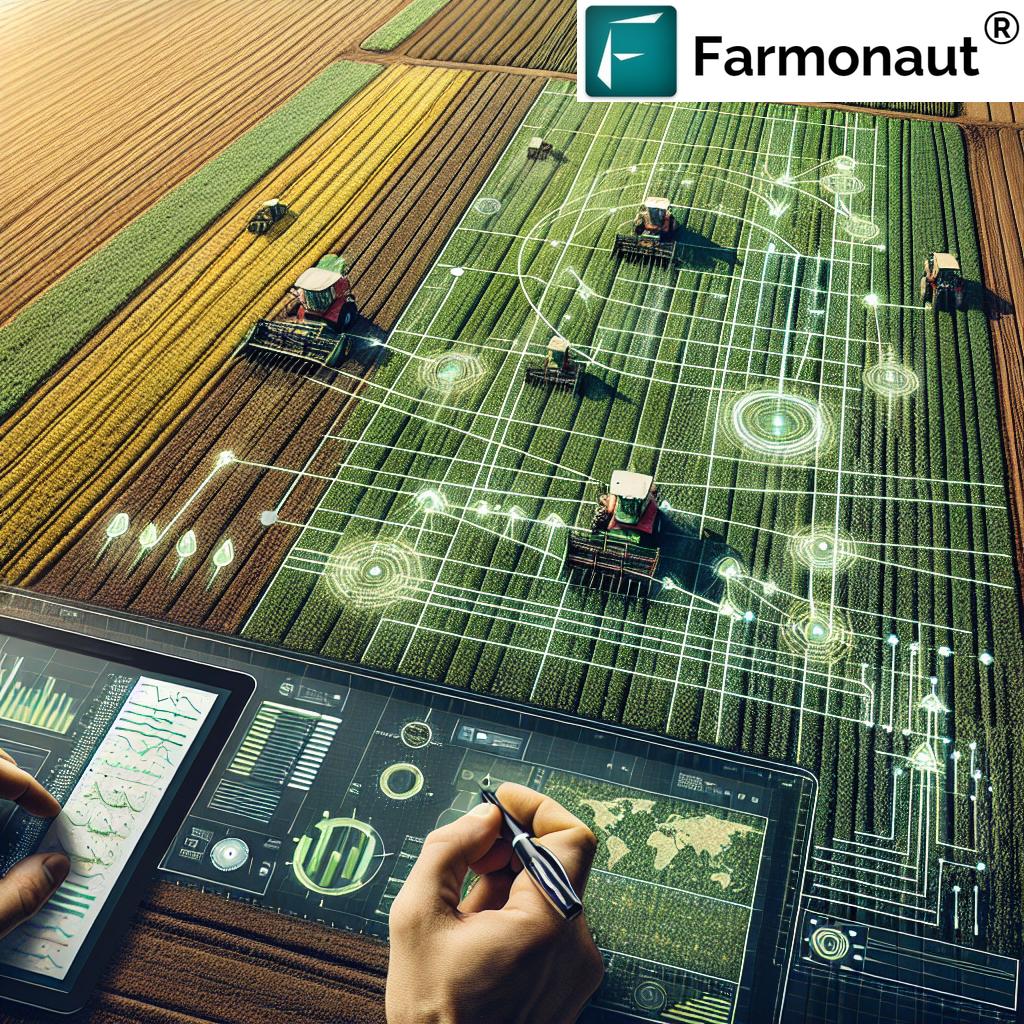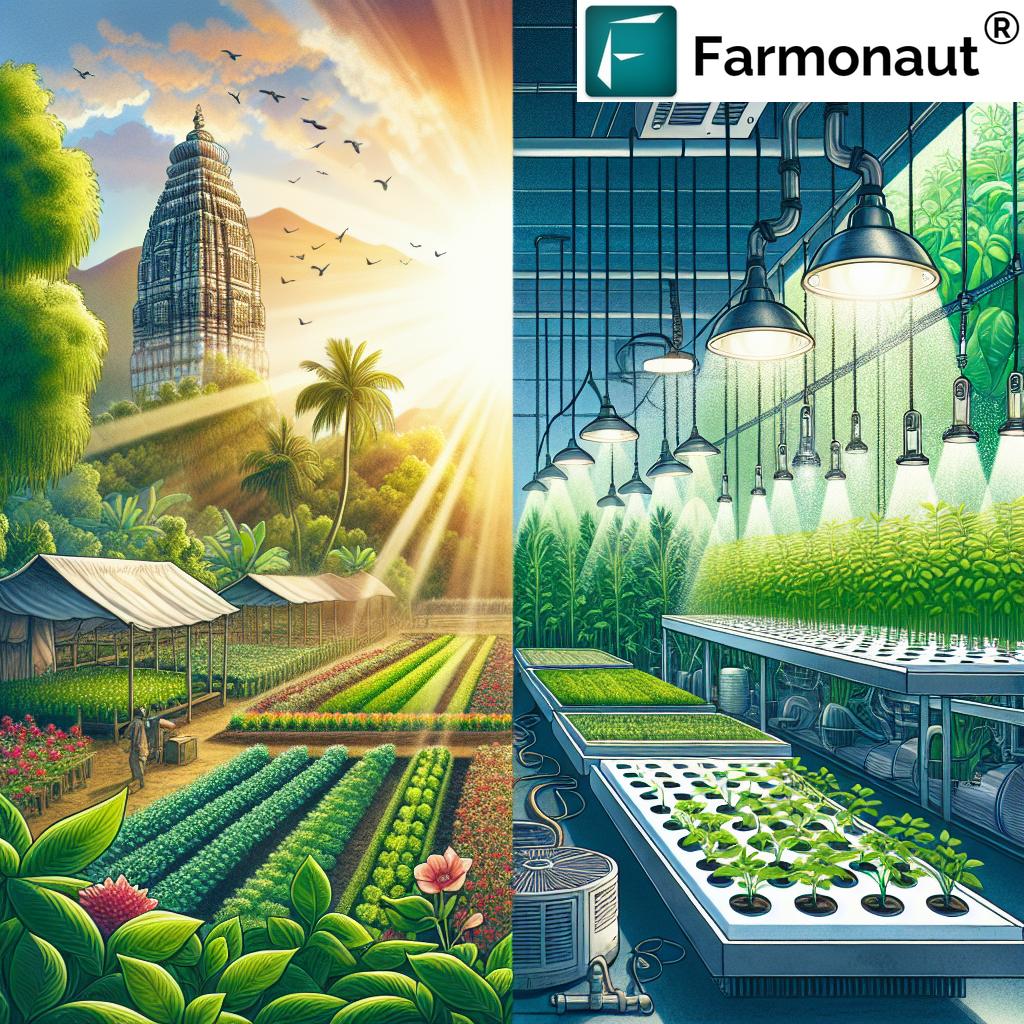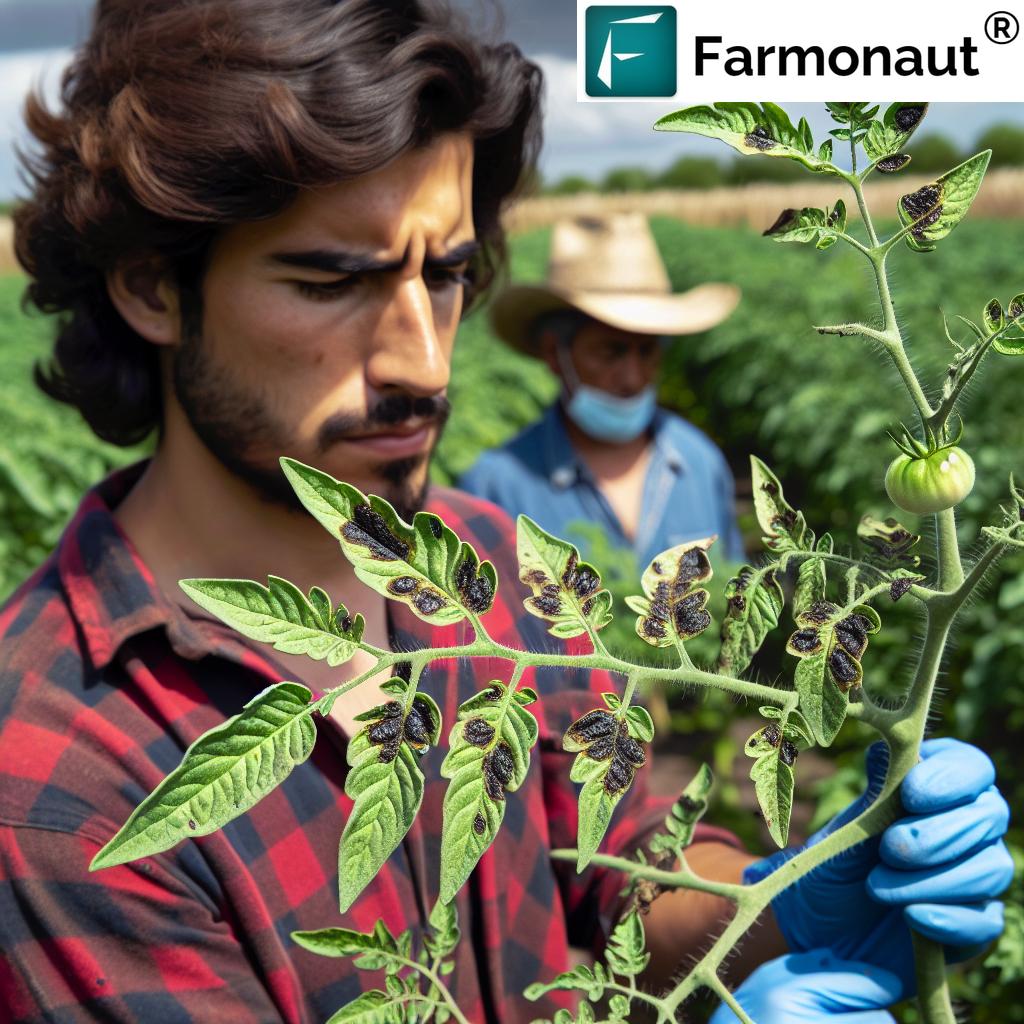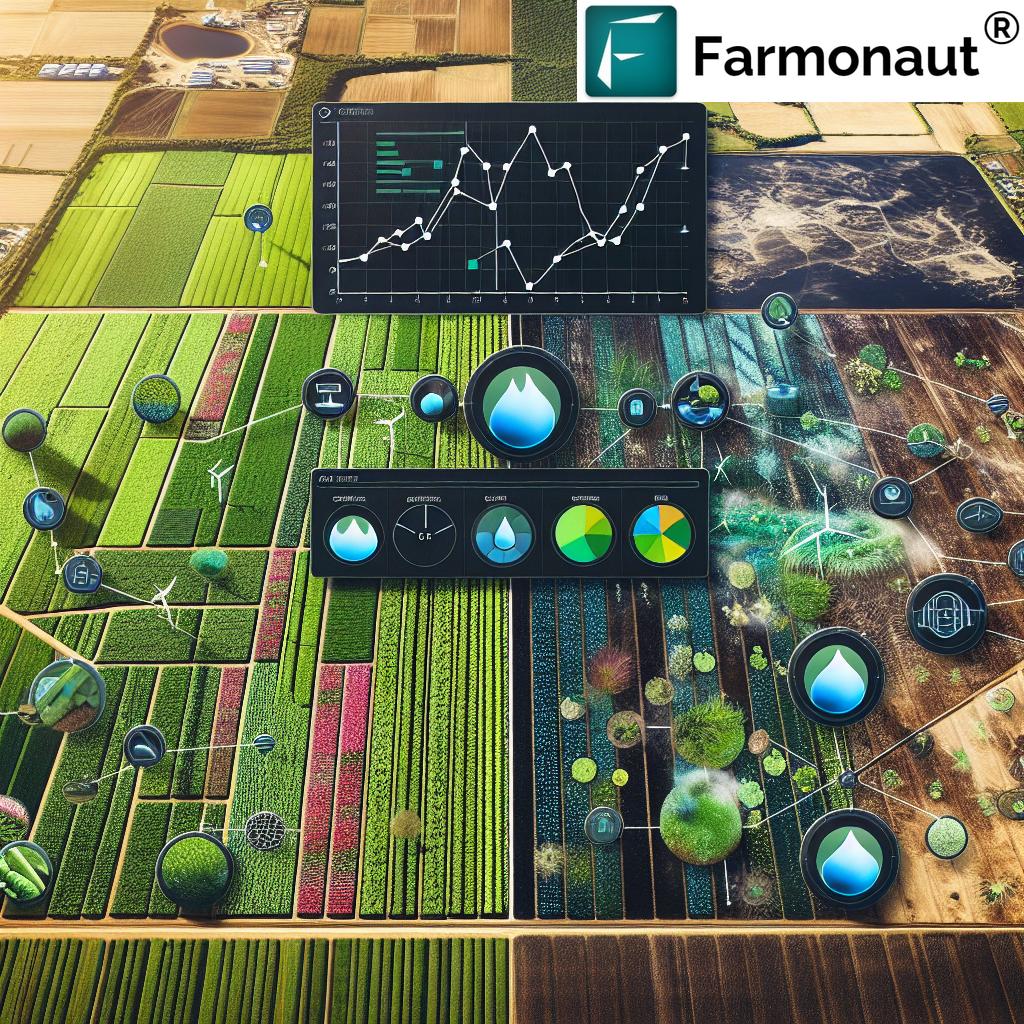Digital Farm Secrets: 7 Techs to Explode Your Yields
“AI-driven analytics can increase crop yields by up to 30% through precise data-based decision-making.”
What Is Digital Farming?
In today’s rapidly evolving agricultural landscape, digital farming—also known as precision agriculture—has become the cornerstone of modern farming methods. This approach integrates advanced technologies into traditional farming practices to enhance productivity, increase sustainability, and dramatically improve efficiency on the farm.
By leveraging tools such as the Internet of Things (IoT), artificial intelligence (AI), robotics, and in-depth data analytics, farmers are now empowered to make informed decisions, optimize resource use, and improve crop yields.
The driving force behind digital farming is the unprecedented ability to collect, analyze, and utilize data—from real-time soil conditions to satellite-based crop health monitoring and predictive weather analytics. As a result, crop monitoring sensors, smart irrigation systems, and integrated decision platforms are reshaping agriculture worldwide, with solutions designed for farms in regions from India and China to Australia, Europe, and beyond.
Whether one is a smallholder or an agribusiness managing large tracts, adopting digital farm technologies means reducing waste, saving on input costs, boosting yields, and actively contributing to a more sustainable future through innovative farming practices.
Key Components of Digital Farming for Explosive Yields
1. IoT in Agriculture: Sensors and Remote Monitoring
At the heart of IoT in agriculture are devices and sensors that collect real-time data on soil moisture, temperature, humidity, and crop health. By digitizing the field, farmers gain access to vital information about the current state of their crops and conditions across their land—often from their mobile device or computer, thanks to remote monitoring.
For example, crop monitoring sensors can detect nutrient deficiencies and pinpoint areas requiring precise fertilizer application. This enablement towards precision agriculture prevents over-application of inputs, reducing environmental impact and maximizing efficient resource utilization.
- IoT sensors monitor field conditions and transmit instant alerts on anomalies
- Allows for timely interventions, e.g., activating irrigation or pest management only where and when needed
- Integrated platforms by industry leaders combine on-ground sensor data with satellite and weather information for deeper insights
These innovations not only improve operational efficiency but also increase crop yields and sustainability. Solutions such as Farmonaut uplift this paradigm further by integrating satellite imagery and IoT insights for a complete perspective on crop health and soil status. Try Farmonaut’s crop advisory on the web or mobile app for instant insights tuned for your field!
2. AI in Agriculture & Data Analytics for Farmers
The realm of AI in agriculture is reshaping how we analyze farm data. Artificial intelligence algorithms process vast datasets—from weather records to pest and disease reports—to identify patterns, predict outcomes, and recommend optimal interventions.
- Advanced data analytics for farmers now integrates satellite images, environmental data, and planting records to provide actionable recommendations, such as when to sow or harvest for highest yields
- AI-powered platforms can forecast pest infestations, optimize irrigation schedules, and assess the best fertilizer blends for each field section
- Tools like Bayer’s Climate FieldView™ combine real-time data and satellite imagery for holistic farm management
Farmonaut’s Jeevn AI Advisory System analyzes satellite, weather, and field data to deliver tailor-made advisories for pest control, irrigation, and crop nutrition, unlocking new frontiers for intelligent, sustainable farming practices. Explore these benefits yourself with the Farmonaut App.
3. Robotics and Automation: Smarter Farm Machinery
Automated machinery is fundamentally changing the economics of labor-intensive farm tasks like planting, weeding, and harvesting. Robotics and automation deliver not only efficiency but also higher consistency and precision, freeing skilled workers for more valuable farm management roles.
- Modern mechanical weeders (e.g., FarmWise Titan FT-35) use computer vision and AI to distinguish between crops and weeds, drastically reducing herbicide need
- Autonomous vehicles handle repetitive, high-volume farm operations, even in challenging terrain or weather
Robotics in agriculture means less waste, lower input costs, fewer labor bottlenecks, and stronger sustainable farming practices. For those managing larger operations, Farmonaut’s large-scale farm management and fleet solutions can further streamline machinery deployment and reduce operational friction.
4. Drones & Aerial Imaging: The Sky’s the Limit for Crop Monitoring
Drone technology in farming equips us with the ability to survey large tracts rapidly and in granular detail. Armed with multispectral cameras, drones collect aerial imagery revealing crop stress, nutrient deficiencies, and pest hotspots not readily visible at ground level.
- Targeted interventions reduce water, fertilizer, and pesticide use while improving yields
- Early-warning alerts based on drone or satellite images empower timely, cost-saving actions
- Satellite and aerial verification services can speed up crop loan approvals and insurance claims by providing independent data for assessment
Drone and satellite imaging underpin a new generation of evidence-based, data-driven agriculture. Farmonaut leverages these technologies for continuous, cloud-based crop monitoring across fields—no in-person flyover required!
5. Smart Irrigation Systems: Maximizing Every Drop of Water
With water scarcity and climate pressures on the rise, smart irrigation systems are critical. These platforms combine soil sensors and weather data to enable precise, automated water delivery based on real-time moisture levels, ensuring each plant receives optimal hydration— no more, no less.
- Reduces water waste by up to 20% compared to manual irrigation methods (Smart farming technologies statistic below)
- Boosts crop health and yields thanks to more uniform hydration and nutrient uptake
- May be integrated with Farmonaut’s resource management tools for a full view of irrigation, soil, and weather patterns on your land
Smart irrigation exemplifies the shift to input optimization: more with less, and better for the environment.
“Smart farming technologies have reduced water usage in agriculture by nearly 20% in the last five years.”
6. Blockchain in Food Supply Chain: From Field to Fork with Trust
Blockchain technology brings a new level of transparency, traceability, and trust to the food supply chain. By securing every transaction and movement on an immutable ledger, both farmers and food companies can verify sourcing, guarantee food safety, and comply with regulatory requirements.
- Consumers can trace the provenance of their food, supporting ethical and sustainable sourcing
- Farmonaut’s blockchain-based traceability system empowers agricultural businesses to demonstrate product journey and authenticity—vital for markets in textiles, organic food, and high-value crops
Blockchain in agriculture reduces fraud, strengthens brand value, and increases consumer confidence at scale.
7. Satellite Imaging & Carbon Footprinting: Measuring Agriculture’s True Impact
High-resolution satellite imaging brings vast data on field conditions, soil moisture, disease outbreaks, and vegetative health to any device. Global access to these insights means smallholders in India benefit as much as commercial growers in China or Australia.
- Satellites allow for large-scale monitoring, yield prediction, and the detection of environmental risks
- When paired with Farmonaut’s carbon footprint tracking solutions, agribusinesses can monitor and reduce emissions in real time, enhancing both compliance and sustainability
- Data-rich satellite tech is integrated into Farmonaut’s large-scale management platform for cooperative, government, and enterprise users
This technology underpins global agricultural innovation, ensuring that modern farming remains both productive and environmentally conscious for future generations.
Comparative Benefits of 7 Key Digital Farming Technologies
| Technology Name | Core Function | Estimated Yield Improvement (%) | Estimated Cost Savings (%) | Sustainability Impact | Example Use Case |
|---|---|---|---|---|---|
| Data Analytics for Farmers | Analyzing field, weather, and crop data to optimize interventions | 15–30% | 10–20% | High | Predicting optimal planting times for higher yields |
| IoT Sensors | Monitoring soil moisture, temperature, and nutrient levels | 10–25% | 10–30% | High | Automated alerts for irrigation or fertilizer application |
| Drone Technology in Farming | Aerial imaging for crop health and stress detection | 8–18% | 5–15% | Medium | Spotting pest infestations for targeted spraying |
| Satellite Imaging | Large-scale, real-time monitoring of crop and soil status | 12–22% | 8–20% | High | NDVI-based monitoring to detect nutrient deficiencies |
| AI-based Crop Management | AI-driven advisories for resource optimization & yield boost | 15–30% | 15–35% | High | Customized fertilization & pest management plans |
| Robotics and Automated Machinery | Automating time-consuming tasks (weeding, planting, harvesting) | 10–20% | 20–40% | Medium | Robot weeders removing weeds without herbicides |
| Smart Irrigation Systems | Automated, sensor-driven water application | 10–18% | 15–25% | High | Smart irrigation triggered by real-time soil moisture data |
How Farmonaut Enables Precision Agriculture Globally
At the forefront of the precision agriculture movement, Farmonaut empowers farmers globally—from India to China and across all continents—by combining low-cost satellite-based farm management with advanced AI, blockchain, and data analytics tools.
- Satellite-Based Crop Health Monitoring: Farmonaut’s system provides near real-time insights into vegetation health (NDVI), soil moisture, and open-field anomalies. Farmers use this data to make fast, targeted decisions—replacing guesswork with evidence.
- AI-Powered Jeevn Advisory: This AI tool crunches satellite, weather, and ground data for each field, offering actionable recommendations on fertilizer, irrigation, and pest management to enhance crop growth and save resources.
- Blockchain-Based Product Traceability: Farmonaut’s system creates transparent, immutable records for every product batch—unlocking new value for food and textile businesses aiming for ethical supply chains. Learn more about traceability for your operation.
- Resource and Fleet Management: Large-scale or cooperative farms benefit from satellite-backed fleet and logistics optimization, reducing wastage and operational delays. Explore Fleet Management Tools.
- Carbon Footprint Monitoring: With increasingly strict sustainability requirements, Farmonaut delivers granular carbon footprint tracking—allowing agribusinesses to proactively reduce environmental impact. Read about carbon footprinting solutions.
Available as a web and mobile app (Android/iOS) and via API integrations (Farmonaut Satellite Weather API and Developer Docs), Farmonaut’s platform removes expensive hardware barriers and democratizes access to digital farming.
Benefits of Digital Farming: Productivity, Sustainability & More
- Increased Productivity: Smarter resource management and precise input applications lead to more robust yields. Farms leveraging AI and sensors can boost output by up to 30%.
- Sustainability: Precision reduces water, fertilizer, and pesticide use, decreasing environmental contamination and supporting sustainable farming practices for future generations.
- Cost Efficiency: Data-driven decisions and automation minimize unnecessary input costs and optimize labor allocation, dramatically increasing profitability and resilience.
- Risk Management: Predictive analytics warn of adverse weather events, pest infestations, or soil irregularities, empowering farmers to act preemptively vs. reactively.
- Access to Finance & Trust: Satellite and data-backed verification improves crop loan approvals and insurance claims (read about Farmonaut’s offering here), while blockchain enhances trust with supply chain customers.
Farmonaut’s platform encapsulates these benefits for both individual farmers and large agricultural enterprises, making advanced technology accessible, affordable, and actionable for all.
Challenges and Considerations in Digital Agriculture
- High Initial Costs: While platforms like Farmonaut aim to reduce barriers, some technologies (e.g., robotics, proprietary sensors) still entail a significant upfront investment.
- Technical Literacy: Adopting advanced tools calls for new training and knowledge. Easy-to-use apps and advisory systems are critical for widespread adoption.
- Data Privacy: As more farm-data is captured and analyzed, questions around data security, ownership, and privacy become paramount.
- Accessibility for Smallholders: Marginal farmers in India and other developing regions need low-cost, user-friendly solutions that work on basic smartphones and deliver immediate value.
- Infrastructure & Connectivity: Reliable internet and electricity remain a challenge in remote areas—but many solutions (like Farmonaut’s) are designed for low-bandwidth use.
Overcoming these challenges is part of the digital farming journey, and the ecosystem is evolving rapidly as costs fall and digital skills spread.
Global Adoption and Innovations in Digital Farming
The movement towards digital, data-driven agriculture is global in nature, transforming farming practices and food supply chains on every continent:
-
Australia has become a test bed for cutting-edge agri-tech, deploying sensors, satellites, and AI analytics at scale to optimize yields in both crops and livestock. -
In
India, public and private sector initiatives utilize satellite data and AI platforms like Farmonaut to support millions of smallholders, raising productivity and incomes while reducing resource wastage. -
China is investing in a national agricultural big-data platform, embracing machine learning, smart irrigation, and blockchain to secure its food supply and promote sustainable land use.
Farmonaut aligns seamlessly with these global trends—offering affordable, subscription-based solutions for individual farmers, enterprises, and government agencies seeking to digitize their agriculture at scale.
As digital tools become more accessible, the vision of a sustainable, highly productive, and resilient farming ecosystem is within reach for all, regardless of geography or scale.
Farmonaut Subscription Plans
Explore Farmonaut’s flexible, subscription-based plans tailored for individual farmers, agribusinesses, and organizations. Choose the right package for hectare coverage, data frequency, and premium features such as satellite alerts, AI-based advisory, and blockchain traceability!
FAQ: Digital Farming & Precision Agriculture
- What is digital farming?
Digital farming or precision agriculture uses advanced technologies like IoT sensors, AI data analytics, drones, and satellite imaging to optimize all stages of farm management—improving yields, sustainability, and profitability. - How do IoT sensors help farmers?
IoT sensors collect real-time data on soil, climate, and plant health, allowing precise irrigation, fertilization, and pest management—minimizing waste and maximizing efficiency. - What is the difference between drones and satellite imaging?
Drones provide high-resolution, localized aerial imagery for targeted interventions, while satellites cover larger areas at intervals—together they offer complete insight into crop conditions. - Is digital farming just for large agribusinesses?
No. Platforms like Farmonaut make digital farming accessible and affordable for smallholder farmers, cooperatives, and government projects as well as large-scale enterprises. - How does Farmonaut’s AI advisory system work?
Farmonaut’s Jeevn AI analyzes field, weather, and satellite data to generate personalized recommendations for each farm, helping users improve crop yields and resource use. - Can I use Farmonaut on my existing smartphone or computer?
Yes! Farmonaut offers web and app-based interfaces for Android and iOS, and can also be integrated via APIs into other systems—no expensive hardware required. - How does blockchain improve food supply chains?
Blockchain records each stage in the journey from field to fork. This guarantees product origin, prevents fraud, and builds trust among end consumers. - How much can I potentially increase my crop yields and save costs?
With advanced analytics, precision sensors, and automation, yield improvements can range from 10–30%, while cost savings on inputs and labor can be similar or higher, depending on adoption intensity. - Is my farm data secure with digital platforms?
Responsible platforms like Farmonaut prioritize data security and privacy, using advanced encryption and blockchain for secure, verifiable transactions.
Conclusion: The Future of Digital Innovation in Agriculture
As we move deeper into the era of digital agriculture, AI-driven analytics, IoT in agriculture, drone technology, blockchain, and advanced data platforms stand at the heart of a more productive, efficient, and sustainable global food system.
With real-time insights originating from satellites, sensors, and artificial intelligence, traditional farming transforms into a future-proof, data-driven enterprise where every drop of water and every grain of fertilizer counts—all while preserving our resources for the next generation.
Farmonaut is proud to support this revolution by making precision agriculture accessible for every farmer—across India, China, Australia, Africa, and the world. Explore the Farmonaut App today or check out our platform’s API documentation!
The time for digital, sustainable farming is now. Don’t just witness the transformation—be part of it!


